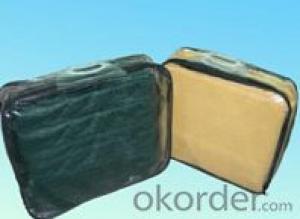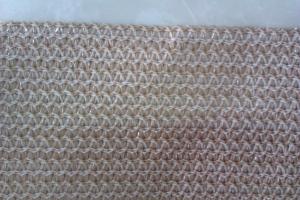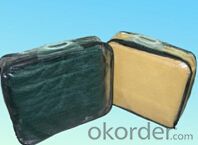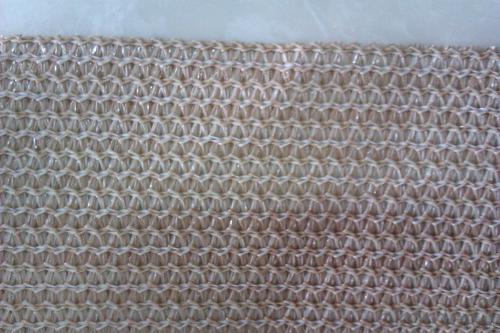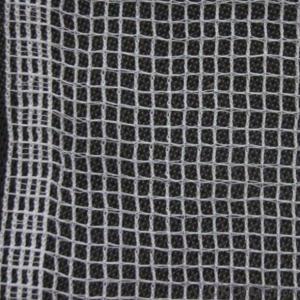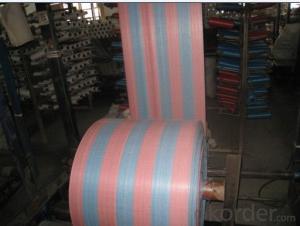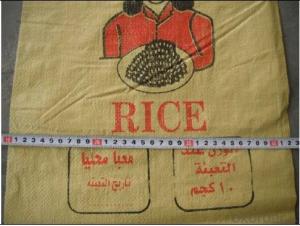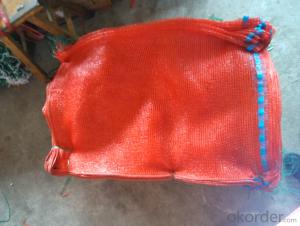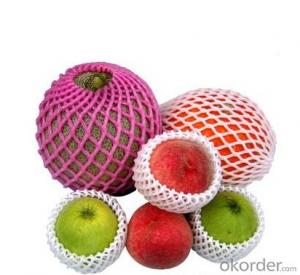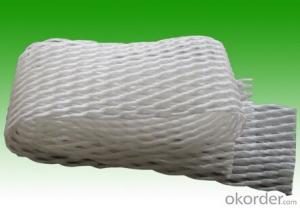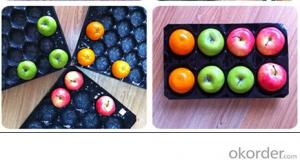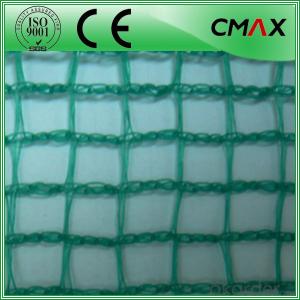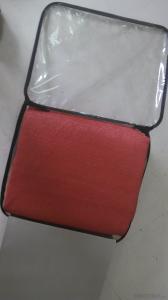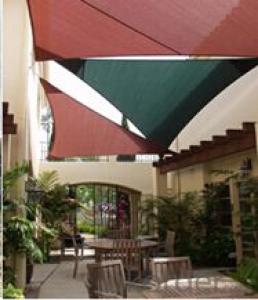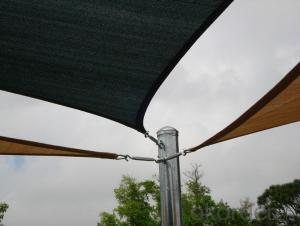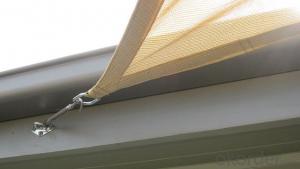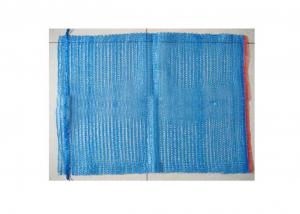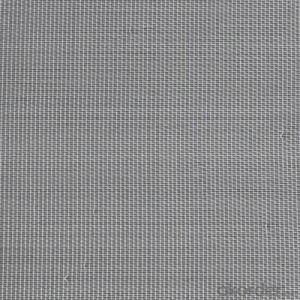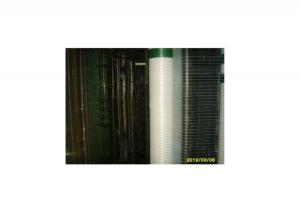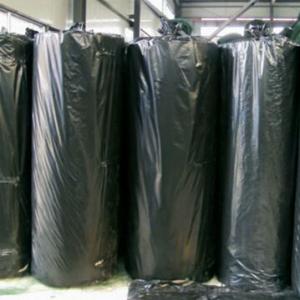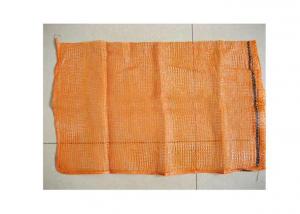Shade Sail water-proof cloth sail 230g
- Loading Port:
- Ningbo
- Payment Terms:
- TT OR LC
- Min Order Qty:
- -
- Supply Capability:
- 50000pcs pc/month
OKorder Service Pledge
OKorder Financial Service
You Might Also Like
Shade Sail water-proof cloth sail 160GSM
Net weight: 160g/m2--320g/m2
Size: 3x3m, 3.6x3.6m 3x3m, 3x3x3m,5x5m,5x5x5m and so on UV block: 85-95%
Material: 100% virgin HDPE
Using life: 5 ~10 years Gurantee
Export market: Europe ,America,Japan, the Middle East ,Africa
Shape: Square, Triangle , Rectangle
Packaging & DeliveryPackaging Detail: Each piece of sail will be put into a pvc hadle bag with a color label inside, seveal pcs packaging into a paper carton with shipping mark.
Product Description of shade sail shade cloth:
Shade Sails protect and shade you from the severe effects of the sun's heay & UV rays. Some areas of the world call them Sun Sails.
They make a beautiful additions to your patio, backyard, or other outdoor areas.
Flying Sails is the perfect alternative to a traditional pergola, umbrella or covered porch. Floating and curvaceous, the make an attractive addition to any property, and with the right design,
they can enhance the appeal of the entertaining outdoor areas..
The perimeter of each sail is designed with a gentle cantenary curve inwards towards the center of the sail to control the fabric tension. Shade sails have reinforced webbing around the perimeter and marine stainless steel D or "Delta" rings at each corner. When properly tensioned, shade sail fabric will not wrinkle, sag, or flap in the wind.
- Q: Are there ground cover options that attract butterflies or pollinators?
- Yes, there are several ground cover options that attract butterflies or pollinators. Some examples include creeping thyme, creeping phlox, sweet alyssum, and clover. These plants provide nectar and shelter for butterflies and other pollinators, making them a great choice for creating a pollinator-friendly garden.
- Q: This question asks for an overview of the various kinds of agricultural plastic products that can decompose naturally over time.
- <p>Biodegradable agricultural plastic products are designed to reduce environmental impact by decomposing after use. Some common types include: 1) Biodegradable mulch films, used to cover soil and control weeds; 2) Compostable pots and trays, which break down in compost heaps; 3) Biodegradable greenhouse films, offering protection similar to traditional plastics but breaking down at the end of their lifecycle; 4) Biodegradable nets and covers, used for crop protection and to support climbing plants; 5) Biodegradable twine and ties, used for securing plants and securing nets; and 6) Biodegradable seed tapes, which allow seeds to be planted in a controlled manner and the tape to decompose after use. These products are made from materials like PLA (polylactic acid), PHA (polyhydroxyalkanoates), and starch blends, which can break down under certain conditions.</p>
- Q: Are nursery trays suitable for hanging plants?
- No, nursery trays are not suitable for hanging plants as they are typically designed for growing plants in a flat and stable position, not for hanging them. Hanging plants require specific containers or baskets with proper drainage and support systems to ensure their health and growth.
- Q: What are the regulations concerning the use of hazardous substances in agricultural plastic mulch films?
- <p>Yes, there are regulations on the use of toxic substances in agricultural plastic mulch films. These regulations vary by country but generally aim to protect the environment and human health. For instance, the European Union has the RoHS Directive (Restriction of Hazardous Substances), which restricts the use of certain hazardous substances in electrical and electronic equipment, including those used in agriculture. In the United States, the FDA oversees food contact substances, including those in agricultural films, to ensure they are safe. Compliance with these regulations is crucial to prevent contamination of soil and crops, and to ensure the safety of agricultural products for consumption.</p>
- Q: I am interested about the pyrolysis of waste plastic and to known more details about this process.
- Waste okorder /
- Q: Rather then asking people and shopkeers not to make use of the Plastic bags (or to charge more to discourage it from using it), wouldnt it be more effective if the government bans the manufacturing of such plastic things? at the manufacturing level?For they have to have trust in people as they will intially struggle but will change for good over a period of time..
- Currently in South Australia our plastic bags have change consistency. The bags now disintegrate at a much faster rate. Or we now can use material bags (green bags) which are washable and can be reused many times before needing to recycle them and buy new. I have been using reusable bags (20 years or so) even before they were brought in for the general public to use. The shops charge 10c for every plastic bag you buy to take your groceries home. Has that had an impact on their use - I don't know. It took quite a while for people to change their ways. There are now more people using the green bags' than plastic. But still the plastic is around. I don't know what was wrong with the original paper bags that we had when I was a child. They were reusable and bio-degradable. What will happen in the future? Only time will tell.
- Q: What are some ground cover options for a cottage-style courtyard?
- Some ground cover options for a cottage-style courtyard include creeping thyme, Irish moss, sweet woodruff, creeping phlox, and vinca minor.
- Q: Are there any best practices for using agricultural plastic products?
- Yes, there are several best practices for using agricultural plastic products. Some of these include proper disposal and recycling of plastic materials to minimize environmental impact, using high-quality and durable plastic products to ensure longevity, careful handling and storage to prevent damage or degradation, and regular inspection and maintenance to identify and address any issues or potential hazards. Additionally, it is essential to follow manufacturer guidelines and recommendations for specific plastic products to maximize their effectiveness and efficiency in agricultural applications.
- Q: Can nursery trays be used for bulb propagation?
- Yes, nursery trays can be used for bulb propagation. These trays provide a convenient and organized way to plant and propagate bulbs, allowing for easy monitoring and care. The trays also typically have adequate drainage, which is essential for bulb growth.
- Q: Can nursery trays be used for starting bulbous plants?
- Yes, nursery trays can be used for starting bulbous plants. The trays provide a convenient and organized way to sow and germinate bulbs, allowing for easy monitoring and care. They also provide adequate drainage and space for the bulbs to develop healthy roots before transplanting them into larger containers or the ground.
Send your message to us
Shade Sail water-proof cloth sail 230g
- Loading Port:
- Ningbo
- Payment Terms:
- TT OR LC
- Min Order Qty:
- -
- Supply Capability:
- 50000pcs pc/month
OKorder Service Pledge
OKorder Financial Service
Similar products
Hot products
Hot Searches
Related keywords
